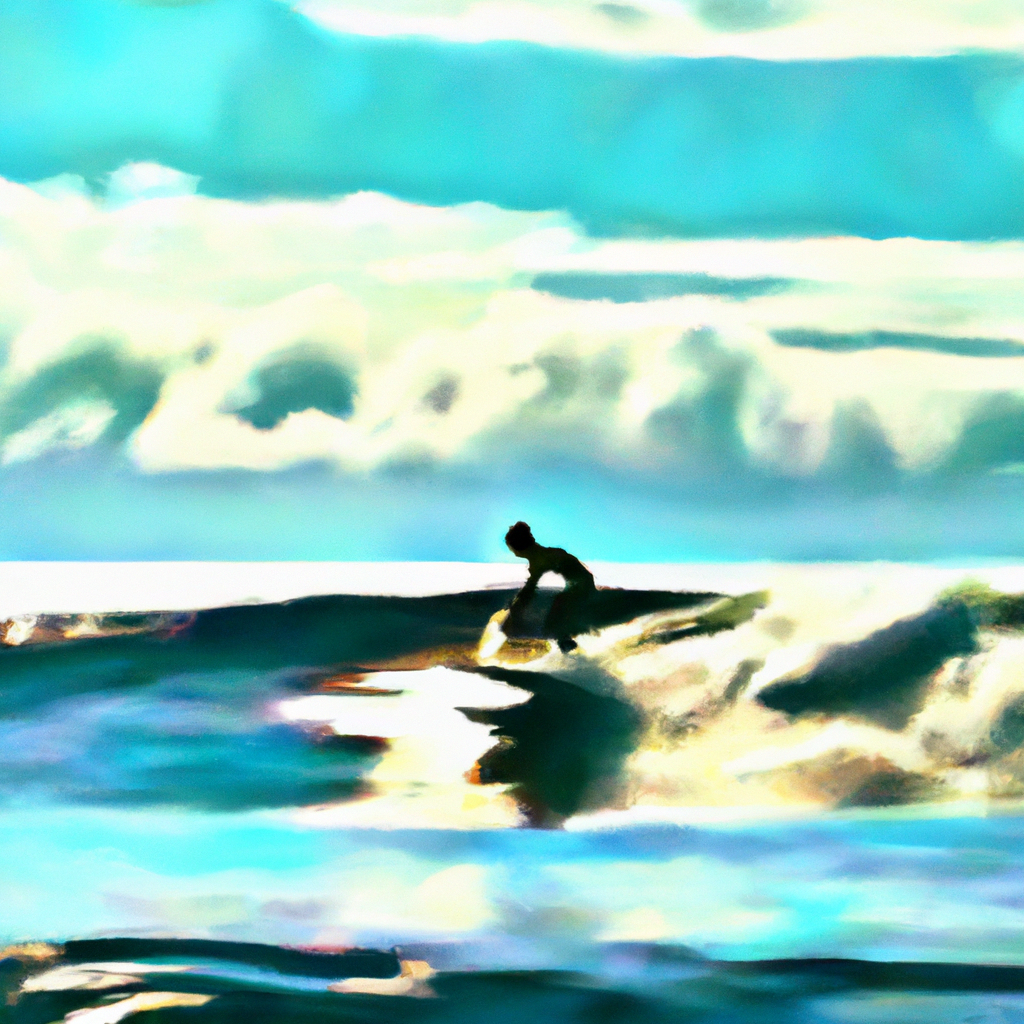Diving into the Image: Photography and Video in Water Sports – Techniques, Equipment and Challenges

The glint of the sun on the waves, the agile movement of the athletes, and the uncontainable thrill of competition – these are just some of the elements that make water sports photography and video so thrilling and visually captivating. But capturing these moments requires more than just a camera – it takes a combination of technical skills, specialized equipment, and a deep understanding of the unique challenges presented by this environment. In this article, we will explore in detail the intersection between the art of imaging and the thrill of water sports, from essential techniques and necessary equipment to common problems and recent innovations in this exciting field.
- 1. "Capturing the action: photography and video techniques in water sports"
- 2. "Essential equipment for water sports photography and video"
- 3. "The challenges and solutions of photography and video in water sports"
- 4. "Innovations and trends in water sports photography and video."
1. "Capturing the action: photography and video techniques in water sports"
Capturing the action in water sports is a challenge for both photographers and videographers due to the unique conditions these sports present. In order to achieve stunning and dynamic images, it is essential to employ specific techniques. One such technique is burst or continuous mode photography, which allows you to capture a series of images in quick succession so as not to miss any detail of the action. In addition, the use of telephoto lenses can help to bring the action closer, especially in events that take place on the open sea. As for video, slow-motion recording can be very effective in highlighting the athlete’s movements and skills. Last but not least, in both photography and video, it is crucial to take into account the changing and often unpredictable environment of the water, which requires constant adjustment of exposure and focus.
2. "Essential equipment for water sports photography and video"
Essential equipment for water sports photography and video should be waterproof and capable of high-speed capture. A DSLR or mirrorless camera with a high-quality waterproof housing is recommended, along with zoom lenses to capture the action up close and in detail. Polarizing lens filters are also useful, which reduce glare and improve contrast and color saturation. For video, action cameras like GoPro are popular due to their durability, portability, and excellent underwater capabilities. Drones are also gaining popularity for capturing stunning aerial footage. Also, don't forget a sturdy tripod to keep your shots steady, even in windy conditions. Finally, keep in mind that the memory card should have enough capacity to save all of your high-resolution images and videos.
3. "The challenges and solutions of photography and video in water sports"
Water sports photography and videography present a unique set of challenges. Water, with its constant movement and light refraction, can make it difficult to capture clear, sharp images. Additionally, equipment can be damaged by salt water and moisture. However, modern technology offers solutions to these problems. Waterproof action cameras, such as GoPros, are rugged, waterproof, and can be mounted on a variety of surfaces, making them ideal for recording water sports. Additionally, the use of drones allows photographers and videographers to capture images from unique angles, providing a new perspective on these sports. To combat lighting issues, many professionals use polarizing filters to reduce glare and improve color saturation.
4. "Innovations and trends in water sports photography and video."
The water sports photography and video industry has continued to evolve and adapt to new technological trends. One of the most relevant innovations is the use of drones to capture stunning aerial images, expanding perspectives and allowing viewers to experience the sport from previously unimaginable angles. Underwater filming has also seen significant advances with high-resolution waterproof cameras that can dive to great depths, capturing athletes’ movements and techniques underwater in astonishing clarity. Likewise, portable action cameras, such as GoPros, have revolutionised the way water sports are captured, allowing athletes themselves to record their experiences first-hand. In addition, virtual reality and live streaming are beginning to open up new possibilities for viewer interaction, offering a more immersive and exciting experience.
